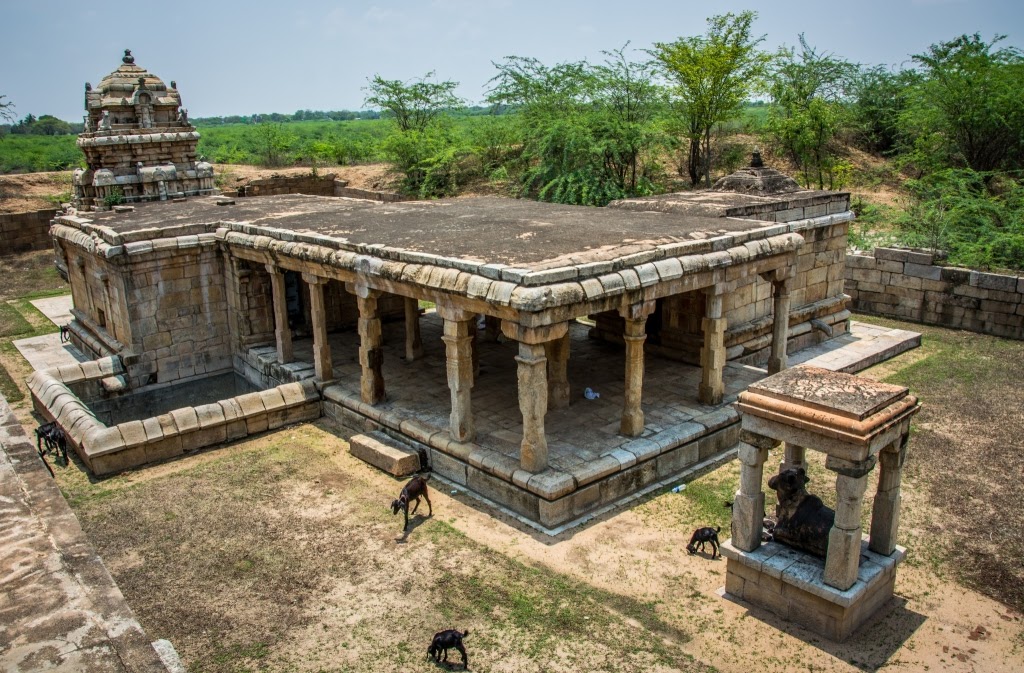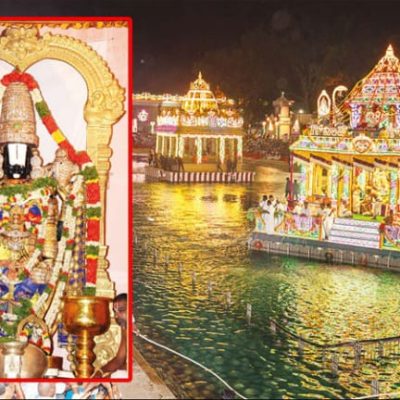Kodumbalur Sri Muchukundesvara Temple, Pudukottai

Address
Kodumbalur Sri Muchukundesvara Temple, Pudukottai
Kodumbalur,
Agarapatti, Pudukottai district,
Tamil Nadu 621316
Diety
MOOLAVAR: Sri Muchukundesvara/ Tirumudukundram
AMMAN: Thirumudu Kundrathu Nachiyar
Introduction
Muchukundesvara Temple is dedicated to Lord Shiva, located in Kodumbalur Village in Illupur Taluk in Pudukottai District of Tamil Nadu, India. Presiding Deity is called as Muchukundesvara / Tirumudukundram Udaiyar and Mother is called as Thirumudu Kundrathu Nachiyar. The temple is maintained and administered by the Archaeological Survey of India.
Puranic Significance
Kodumbalur was mentioned as Kodumbai lying in the trade route between Uraiyur and Madurai in the Tamil epic Silapathikaram. The route taken by Kovalan, hero of Silapathikaram, with his wife Kannagi. Kodumbalur is considered as the birthplace of Idangazhi Nayanar, one of the Irukku Velir chieftains who served under the Chola kings. The Irunkovel line of kings ruled over Ko Nadu identified with the Kodumbalur and surrounding areas in ancient Tamilakam. Irunkovel clan is said to have been descended from the Yadavas of Dwarka, who migrated to South India with the sage Agastya. Sangam literature mentions a chieftain called Irunkovel who could trace his lineage back over 49 generations to residence in Thuvarai (Dwaraka). He is later defeated by Karikala and becomes a subordinate to the Chola sovereign. Kodumbalur was a battlefield between Pallavas and Pandyas in the 8th century CE in which both sides claimed victory. Later, Irukkuvel became a powerful ally of the Cholas in the 9th – 10th centuries. Also, Kodumbalur became an important commercial centre from 9th century as the Manigramam, an early type of trade guild is found active here. The inscriptions in the temple also give us a glimpse of the political climate of south India between the 8th and the 10th centuries as well as the relation between the royal houses of Chola and the Irukkuvel. Periyapuranam provides a reference of Konnatukkodi Nagaram (apex town of Konadu) for Kodumbalur. This temple was built by Mahimalaya Irukkuvel, chief of Kodumbalur, in 920 CE during 4th regnal year of Chola king Parantaka I. The temple is mentioned as Thiru Mudukundram temple in the inscription. This temple was extensively renovated, and Maha Mandapam & Parvathy Shrine were added during 13th century CE. The temple is maintained and administered by the Archaeological Survey of India.
SPECIAL FEATURES
The temple is facing towards east. The temple is enclosed within an ancient compound wall out of which only a few portions of the wall remains now. There is a Mandapam before the entrance of the temple. It is situated in the south-eastern corner of the temple, by the side of the compound wall. It has walls on all the four sides and a flat roof. It consists of a large pillared hall in front and a small sanctum on the back side.
The entrance to this mandapam is from the east, outside the temple complex. The entrance is flanked by two hexagonal pilasters. The base of the pilaster is carved in the shape of a lion sitting erect and carrying the pillar on its back. Nandi housed in a four pillared mandapam can be seen facing the sanctum. The Sanctum Sanctorum consists of Sanctum, Antrala, Ardha Mandapam and Mukha Mandapam.
The original temple consisted of the Sanctum, Antrala and Ardha Mandapam. The Mukha Mandapam was added to the structure in later period during Later Cholas. There is no Linga presently in the sanctum. There are niches around the walls of the sanctum however all are empty. The vimana over the sanctum is of two tiers. Dakshinamoorthy, Vishnu and Brahma are the niche idols around the top tier of the Vimana.
Veenadhara Dakshinamoorthy, Vishnu and Brahma are the niche idols around the lower tier of the Vimana. Chandikeswarar Shrine can be seen in his usual location. Mother Parvathy is housed in a separate south facing shrine. Her shrine is situated in Mukha Mandapam the left side of the sanctum. This temple might have hosted around seven subsidiary shrines compared to be sixteen subsidiary shrines of Moovar Koil, out of which remains of only four can be seen. These shrines would have housed Ganesha, Muruga, Jyestha, Bhairava, Chandikeswara, Chandran and Sapta Matrikas. There is an ancient stone well close to the pillared mandapam of the main shrine, on the southern side. It is said to have a tunnel about 3 feet in width below, probably an inlet for water from the tank in front of the temple.
Century/Period/Age
10th Century CE
Managed By
Archaeological Survey of India
Nearest Bus Station
Viralimalai
Nearest Railway Station
Pudukottai
Nearest Airport
Trichy





